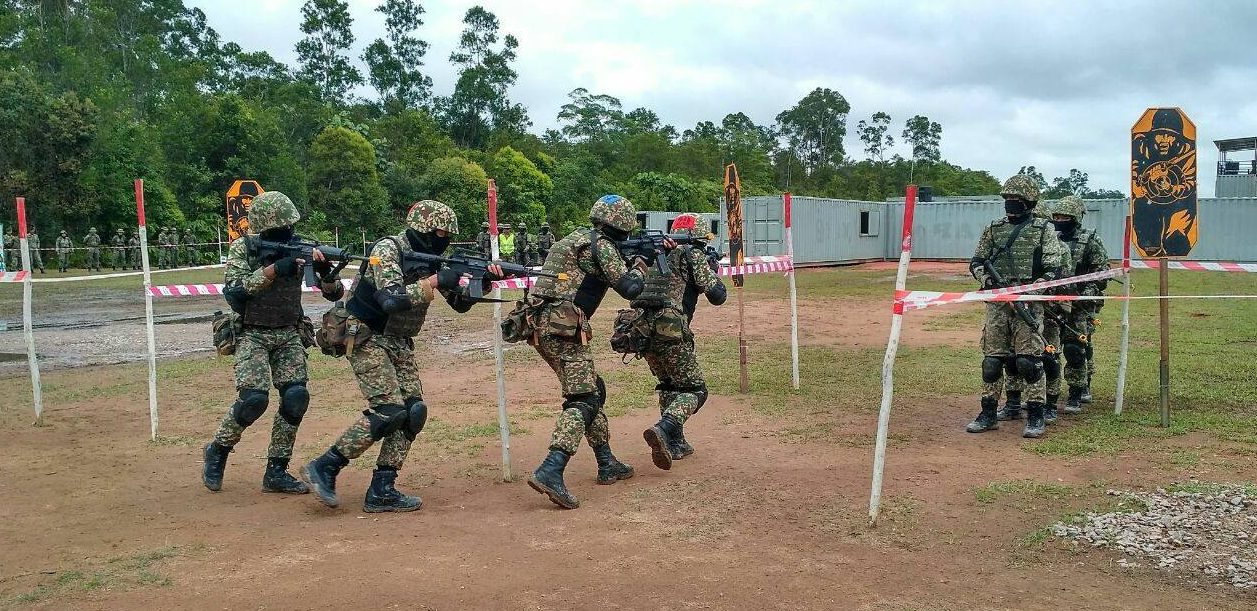
SHAH ALAM: Army chief Jen. Zulkiple Kassim today inaugurated the Operation in Built Up Area (OBUA) training facility at the service’s combat training centre (Pulada) at Kem Ulu Tiram, Johor. The OBUA facility was built at the southern firing range of Pulada.
The new facility was dubbed the Zulkiple’s Urban Combat Village (ZuCOV) in honour of the Army chief, the service says in a statement. ZuCOV was completely funded by the Australian Army as part of the Defence Cooperation Programme between Australia and Malaysia.

Zulkiple later told reporters that soldiers need to be trained in urban warfare as it was different from jungle warfare which the Army excels in.

Someone posted on Twitter that the OBUA facility was the first in Malaysia and Asia. He is probably correct on the Malaysian angle though as for Asia…well there is another more sophisticated one just across the straits.

Based on the pictures from the Army the facility is a very basic one, fashioned together out of shipping containers. Hopefully this will be the start of something better.

Anyhow, it appears that the Army is serious in modernising its training facilities though it is obvious the lack of financing is a big stumbling block to its aspirations. While field training is continuing the lack of an open live training facility where all the elements of the Army could trained together meant that new theories and ideas could not be fully tested.
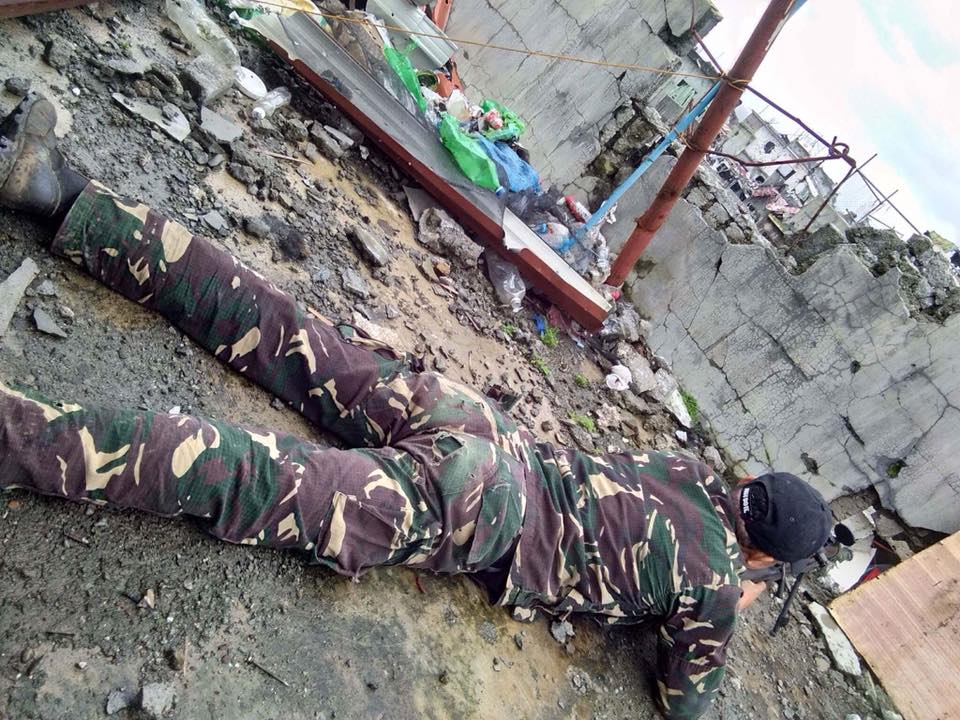
Recently, the Army opened its simulated training facility at its Simulation centre at Kem Sirajuddin in Gemas. Hopefully the new facilities will be further upgraded in the future while new ones are also set up.
— Malaysian Defence
If you like this post, buy me an espresso. Paypal Payment

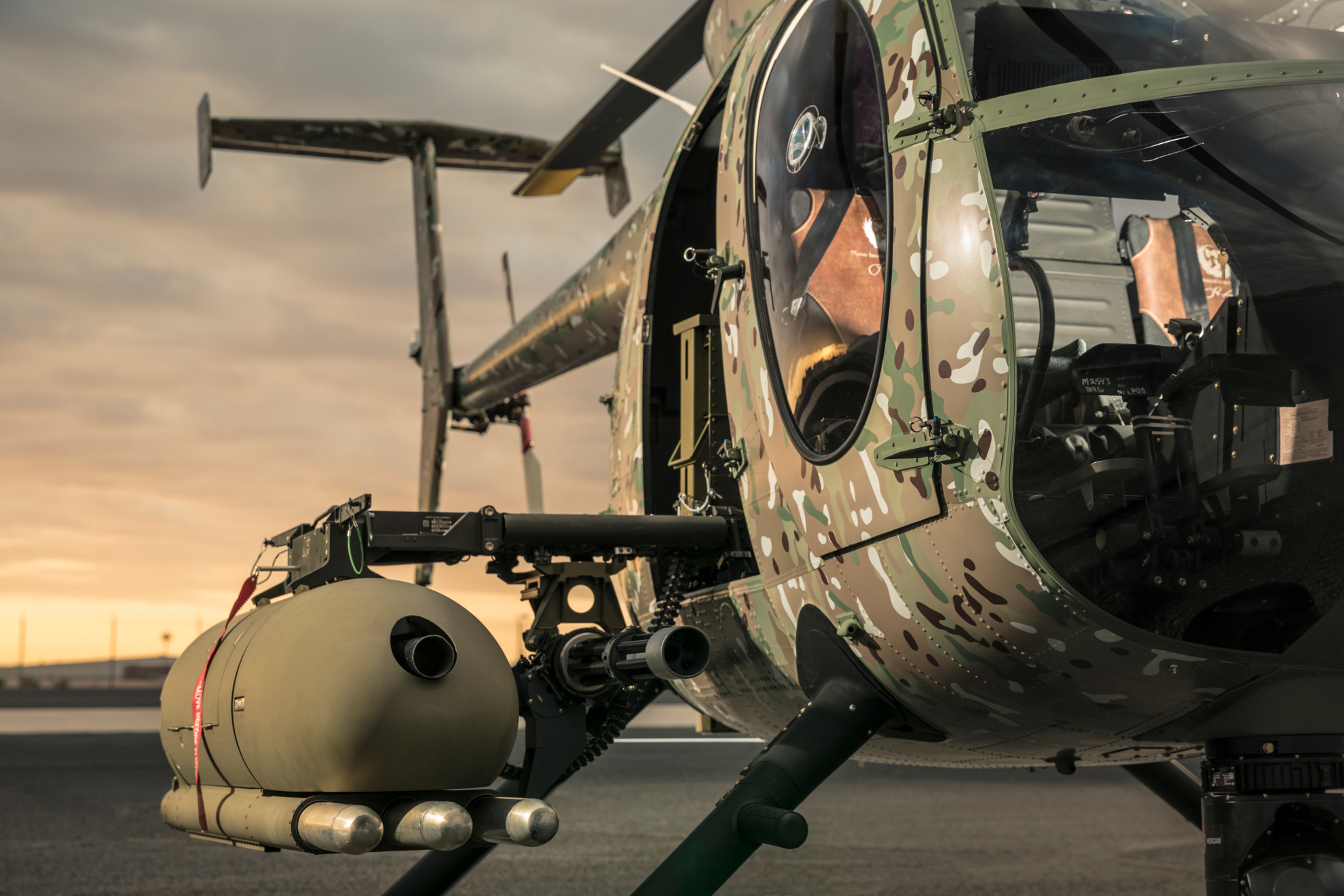
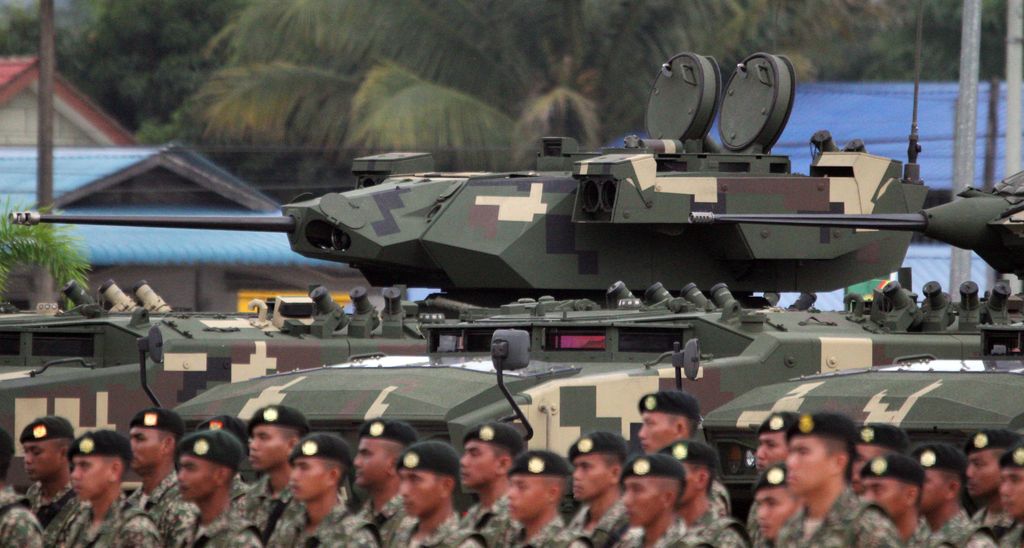
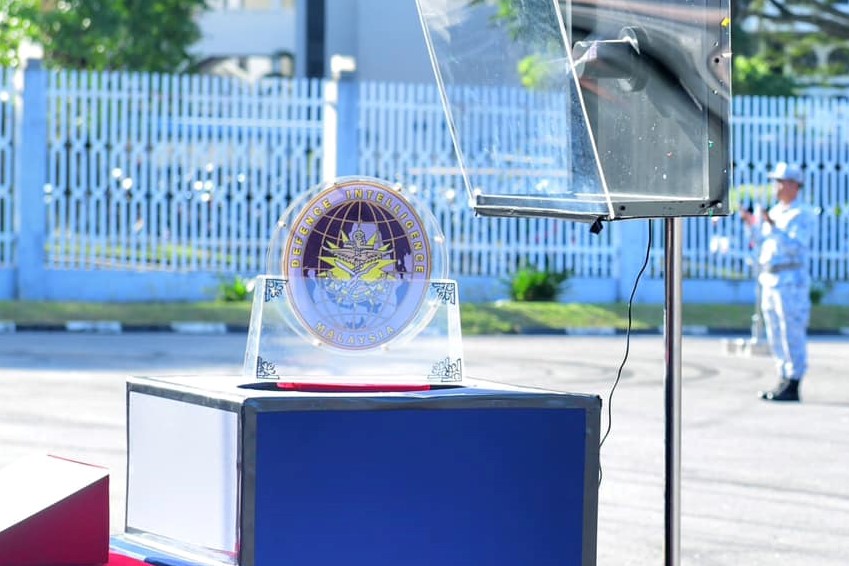
Not that we didn’t have a mout training before but previously it was done in abandoned housing project
Killing house on the cheap?
i think it is more realistic to do mount training in abandoned housing project than doing it in container. just my two kupang
Singapore is building a new state of the art representation of buildings found in their country to train their soldiers
I do agree with neptune,at least the other army units can also be involved.if I am not mistaken Pt91s were use during such training.
There’s few safety issue with using abandoned housing project tho. One of them is the risk of building collapse.
Also, most of these abandoned structure is near human settlements so there’s also the safety of the people nearby
Reply
In urban warfare one of the challenges are collapsing structures. Though I admit that in training this should be mitigated
There’s nothing wrong with having a small training facility. It’s people who massively overstate its importance as “first in Asia” that makes everyone look stupid.
Election is coming and the smallest things are being played up. Practically no money has been allocated for the long overdue 4x MPA and here you are talking about P-8. Please, before you say things like ‘this budget will make our ATM to be the strongest military in the region” think about how stupid you look.
Our missiles are expiring without replacement, and there is no budget in sight to replace them. To the point that we paraded retired Aspide missiles on Merdeka Day.
If you are toking abt sg murai urban training town it complete many years ago. There is much larger urban training area being build and will have sky scraper tall buildings i suppose like sg cbd.
Anyone wondered who’s the Australian guy in the photo? Just an observer for the event, the Defence Attache or an Australian infantry officer here on attachment? In the past we had Royal Australian Armoured Corps officers on attachment here at PD.
Marawi was a wake up call for the Philippines army. They’ve never faced anything like it.
Reply
The Australian soldier is attached to Pulada while female officer is the DA
Whether it looks ”basic” or not or is in containers rather than gold plated walls; it’s a good start. At least it’s a permanent MOUT/FIBUA facility owned by the army. If anything it shows the army’s moving in the right direction [in addition to Exs Stallion in 2013, bilateral foreign exercises including with Singapore have included MOUT/FIBUA training] and is addressing the need for units to have adequate MOUT/FIBUA training. The question is how often will units get the opportunity to do so? Also, are we taking steps to draw up a MOUT/FIBUA doctrine and equip units with non traditional but absolutely needed stuff like ladders, jack hammers and megaphones?
Given the rapid urbanisation taking place in this country; any future conflict will most certainly be fought in an urban rather than a jungle or rural environment. We can’t assume or take for granted that the circumstances faced during Ops Daulat – non state actors in a plantation – will be replicated again. One only has to look at a map to see how many Malaysian towns and cities are a stone’s throw away from a shared border.
Neptune – ”i think it is more realistic to do mount training in abandoned housing project than doing it in container.”
The level and intensity of the training and its regularity is what makes the difference.
AM – ”who massively overstate its importance as “first in Asia” that makes everyone look stupid.”
Indeed. Don’t forget the ”most sophisticated” many are fond of – as if ”most sophisticated” automatically equates with ”most effective” or ”practical.
Reply
Actually the Army had wanted to buy the abandoned buildings/area in Bukit Beruntung used during Ex Stallion for OBUA but not approved
Azlan: “it’s a good start. At least it’s a permanent MOUT/FIBUA facility owned by the army.”
Is this our first permanent FIBUA facility? Perhaps the first purpose built one, I think we have disused quarters that we permanently own and use for FIBUA.
Reply
There are various disused quarters used for expedient MOUT training, The ones that have been made public are the ones at Terendak and the camp in Kuching. It is likely there are others as well. The GGK got two shoot houses, one a fully enclosed and a container style at the Mersing camp which are also used for MOUT apart from HRT exercises. The enclosed one are instrumented I am told.
SAFTI City will truly replicate Singapore with its industrial complexes, towering HDB blocks, MRT interchanges and so on. In this sense it is a break from previous FIBUA facilities in Singapore. But how likely is the SAF to face a large land force on home soil? That would necessitate the enemy destroying or outwitting the RSAF and RSN. Would there be hope of winning?
FIBUA is a costly affair and best avoided, especially on home ground. There’s a reason the US and Israel have vast FIBUA facilities but they replicate the Middle East, and other countries don’t build such vast facilities at all.
Not to mention that there are plenty of scenarios that troops must train for. FIBUA is fine, FIBUA on home ground against small units okay, but FIBUA against large forces in Singapore’s context won’t be high on a commander’s list of training priorities.
Reply
I think Singapore realised that in the age of Google Earth it is unwise to build a replica of your neighbor’s cities and towns even for training purposes.
AM – ”There’s a reason the US and Israel have vast FIBUA facilities ”
The ”King Abdullah II Special Operations Training Centre” in Jordan has a comprehensive MOUT/FIBUA facility which is available to any friendly country who wishes to use it – for a fee of course :]
AM – ”But how likely is the SAF to face a large land force on home soil?”
In line with their policy of ensuring they always take the fight to enemy soil and the fact that if they have to fight along the alleys of Orchard Road or Bugis Street then it’s practically game over for them [unlike us they have no soil they can trade for time]; we can safely say that any future facility will be intended to replicate urban conditions that SAF troops will face on foreign soil.
There is no question that we need to start focusing on FIBUA/MOUT but our problem – like most armies – is what do we place priority on, i.e. how much time will units actually have for FIBUA/MOUT training given that they also have to train for other things? It’s a tough call to make, should priority be on FIBUA/MOUT, on combined arms conventional ops or on low intensity ops against non state actors? In reality, how much time will the average unit have per year for FIBUA/MOUT training or are we only going to ensure that selected units are proficient?
Apart from giving infantry units basic FIBUA/MOUT skills it’s also imperative that – over time – MBTs and IFVs also spend time training to operate alongside troops in an urban environment, an environment where troops will need the firepower of MBTs/IFVs and in which MBTs/IFVs will be very dependent on infantry support.
Marhalim,
If I remember correctly, I read somewhere that the SAS provided technical assistance/advice for the Gerak Khas shoot house back in the 1980’s.
Reply
If its back in the 80s must be the one at Special Warfare training centre at Sg Udang. That shoot house is small compared to the one at Kem Sirajuddin, if I remember correctly a five storey building.
Our cities and Singapore are a bit too different for that to be an acceptable compromise. Singapore’s urban terrain is very compact and orderly. Whereas our cities are so generic and messy that if you built a replica it could hardly be argued that it replicates us. Besides, appearances can be changed while the structure remains the same. It’s not like you must put up shop signs in BM or BI.
Azlan “we can safely say that any future facility will be intended to replicate urban conditions that SAF troops will face on foreign soil.”
I would think so too. But looking at the literature Singapore Mindef has put out, eg replicating a petrochemical complex and high rise urban areas, even if we take other elements like MRT stations with a grain of salt, the concept does seem very Singapore specific.
Considering the context in which the SAF would operate on foreign soil, these are all areas that it can afford to, or likely afford to, avoid fighting. And there are all the other things they must train for as wells well. If they’re going to train for it, it seems the intention is partially to practice fighting on home ground.
AM,
Agreed and a vital aspect that needs to be considered is that to do Singapore harm, a potential aggressor doesn’t need to physically occupy Singaporean soil. Why confront Singapore in areas where it enjoys key advantages? An aggressor merely needs to interdict or restrict – even if only for shorts periods – Singaporean access to international shipping lanes. The irony is that in the long run if the Singapore economy suffers, so will the economies of others.
Having said that, the threat of a full scale conflict amongst ASEAN’s original members is very unlikely; the main ”threat” now is from non state actors and how to deal with an increasingly assertive China that will – as it gets stronger and more confident – treat ASEAN members like vassal states and will attempt to reduce the influence the West has in the region.
You wil not see all this facility from google earth. To the qns on if the fibua stuff is this so call mirror image of sg. The ans is no. It meant for all kind of scenario and quite flexibel. Wut is publiciz is diferen of course. I dun noe how u can have some sort of military action which have efect on sea or this air lane of comms without involving external powers and not just sg. A lot of east asia trade and global oil flow thru sg.
Yes right now a lot of east asian trade must go through and stop by singapore.
Not for long, with the chinese OBOR program, with east-west train to kuantan, new ports in melacca the future trade routes would be not as what you know right now.
I don’t think that kind of transshipment is worth the effort. It’s not a very long way for ships to go around Singapore.
The projects will not cause major shifts away from Singapore. It takes more than just new infrastructures.
Slight hit, yes. Significant, nope.
I have fren work in PSA. They welcom the competition. Not the first time from our neighbors. PSA volume is very big. It might not even be a slight hit. PSA is also upgrading and expanding and improving. Some global shipping companies jus move frm port klang to sg in 2017. I must say i find strange projeks frm up north alway very ambitios and usuali wit foreign fund.
If global shipping companies really moved from Klang to Sing in 2017 then Klang would be deserted now wouldn’t it: but that’s not the case. No matter how busy Singapore Port gets there will always be a need for Klang and other ports in Malaysia. Of course your friends welcome the challenge, they wouldn’t say otherwise would they?